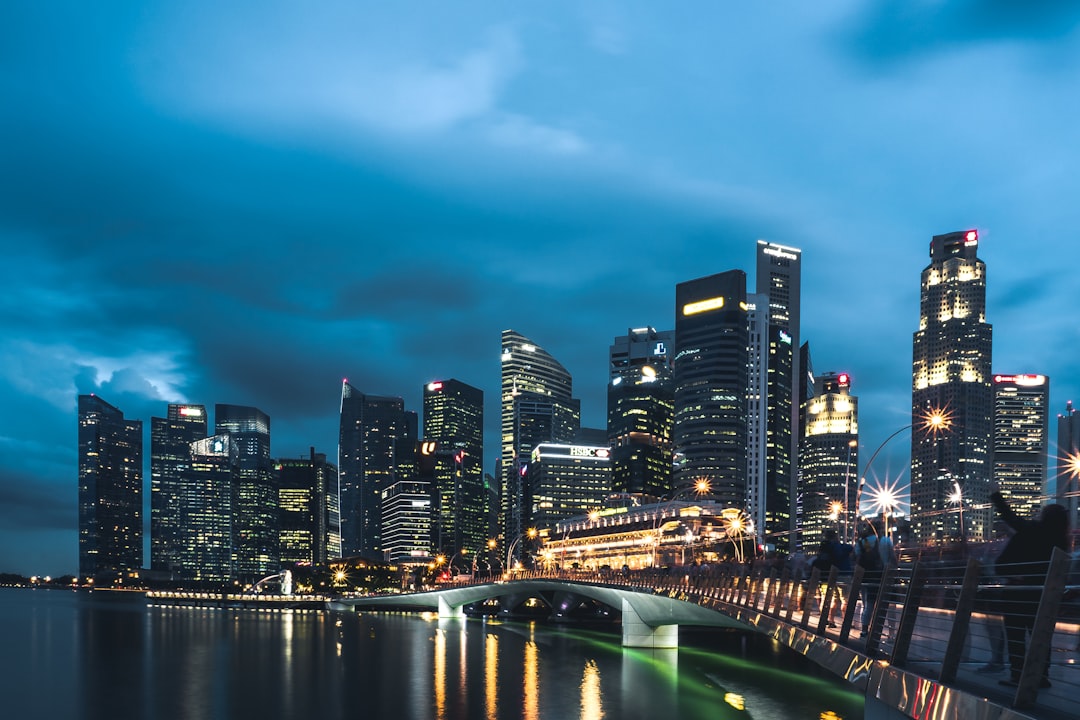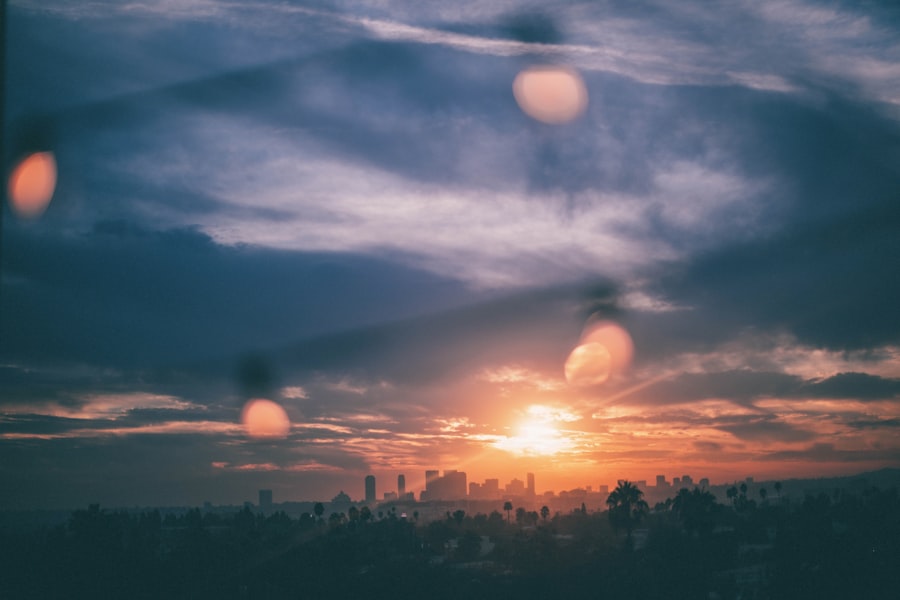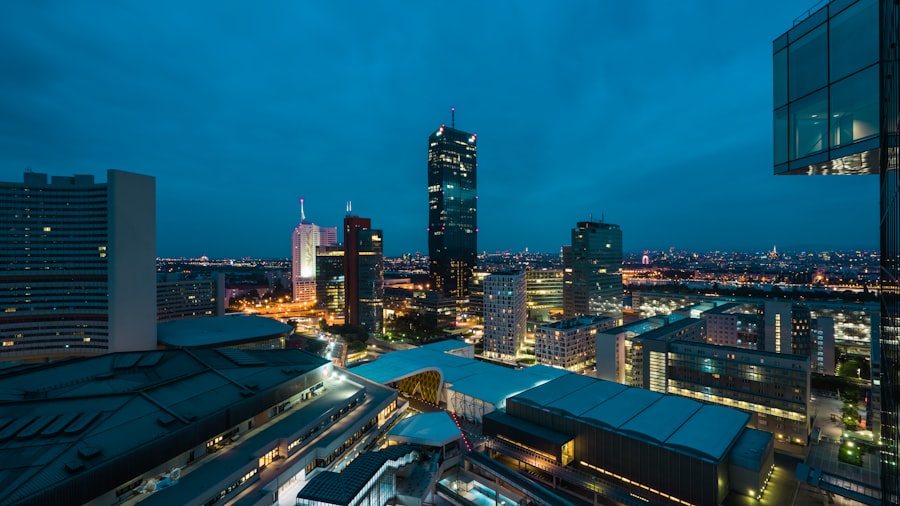
The Gaza Strip, a narrow piece of land located along the eastern coast of the Mediterranean Sea, is a region steeped in history and complexity. Measuring approximately 41 kilometers in length and 6 to 12 kilometers in width, it is bordered by Israel to the north and east, Egypt to the southwest, and the Mediterranean Sea to the west. This small territory is home to over two million Palestinians, making it one of the most densely populated areas in the world.
The Gaza Strip has been a focal point of geopolitical tensions for decades, yet it also possesses a rich cultural heritage and a resilient population that continues to thrive despite numerous challenges. The region’s strategic location has made it a crossroads of civilizations for millennia. From ancient Egyptian settlements to Roman conquests, the Gaza Strip has witnessed the rise and fall of empires.
Today, it is governed by Hamas, an Islamist political organization that has been at odds with both Israel and the Palestinian Authority. The ongoing conflict has led to significant humanitarian issues, but amidst this turmoil lies a vibrant culture characterized by art, music, and a strong sense of community.
Key Takeaways
- The Gaza Strip is a small Palestinian territory located on the eastern coast of the Mediterranean Sea, bordered by Israel and Egypt.
- The region has a rich historical and cultural significance, with a history dating back thousands of years and a diverse population of Palestinians, Egyptians, and Bedouins.
- Must-visit places and sights in the Gaza Strip include the ancient city of Gaza, the Great Mosque of Gaza, and the beautiful beaches along the coast.
- Local cuisine in the Gaza Strip is a delightful mix of traditional Palestinian dishes, including falafel, hummus, and maqluba, as well as fresh seafood from the Mediterranean Sea.
- When traveling to the Gaza Strip, it is important to be aware of the political situation, obtain the necessary permits, and respect local customs and traditions.
Historical and Cultural Significance
The historical significance of the Gaza Strip can be traced back thousands of years. It was an important trade route in antiquity, connecting Egypt with the Levant and beyond. Archaeological findings indicate that the area was inhabited as early as the Bronze Age, with evidence of various civilizations, including the Philistines, who are often mentioned in biblical texts.
The city of Gaza itself has been a site of conflict and conquest, changing hands between various empires such as the Egyptians, Romans, Byzantines, and Ottomans. Culturally, the Gaza Strip is a melting pot of influences that reflect its diverse history. The architecture in Gaza City showcases a blend of Islamic, Ottoman, and modern styles, with historic mosques like the Great Mosque of Gaza standing as testaments to its rich Islamic heritage.
The local population takes pride in their traditions, which include music, dance, and storytelling that have been passed down through generations. Festivals celebrating Palestinian culture are common, where traditional dress and folk music play a central role in community gatherings. This cultural resilience is particularly poignant given the challenges faced by Gazans in recent decades.
Must-Visit Places and Sights in the Gaza Strip

For those who venture into the Gaza Strip, there are several must-visit places that offer insight into its rich history and culture. One notable site is the ancient city of Anthedon, located near the coast. This archaeological site dates back to the Hellenistic period and features remnants of Roman structures, including mosaics that depict scenes from mythology.
Visitors can explore these ruins while enjoying views of the Mediterranean Sea, providing a glimpse into the region’s storied past. Another significant location is the Al-Quds Open University Museum, which showcases artifacts from various periods of Gaza’s history. The museum aims to educate visitors about Palestinian heritage through exhibitions that highlight traditional crafts, clothing, and historical documents.
Additionally, the Great Mosque of Gaza is an architectural marvel worth visiting. Originally built in the 7th century and later reconstructed, it serves as a spiritual center for many Gazans and features intricate designs that reflect Islamic artistry. The beach along the Mediterranean coast is also a popular destination for both locals and visitors.
The sandy shores provide a space for relaxation and socialization, where families gather to enjoy picnics or engage in recreational activities. The vibrant atmosphere is enhanced by local vendors selling snacks and refreshments, making it an ideal spot to experience daily life in Gaza.
Local Cuisine and Culinary Delights
| City | Local Dish | Popular Ingredients | Traditional Cooking Method |
|---|---|---|---|
| Paris | Coq au Vin | Chicken, red wine, mushrooms | Braised in red wine |
| Tokyo | Sushi | Rice, fish, seaweed | Raw fish on seasoned rice |
| Mexico City | Mole Poblano | Chocolate, chili peppers, spices | Complex sauce with chocolate |
The culinary landscape of the Gaza Strip is as diverse as its history, offering a variety of flavors that reflect both local ingredients and cultural influences. Traditional Palestinian dishes are prevalent throughout the region, with staples such as hummus, falafel, and tabbouleh being widely enjoyed.
This communal dish is often prepared for family gatherings and celebrations. Seafood also plays a significant role in Gazan cuisine due to its coastal location. Fresh fish caught from the Mediterranean is commonly grilled or fried and served with a side of garlic sauce or tahini.
Local markets bustle with activity as vendors sell an array of seafood options, from sardines to larger catches like grouper. The preparation methods often reflect traditional techniques passed down through generations. Sweets are another highlight of Gazan culinary culture.
Desserts such as “knafeh,” a pastry made with thin noodle-like strands soaked in syrup and layered with cheese or cream, are popular treats enjoyed during special occasions. Street vendors often sell these delicacies alongside other pastries filled with nuts or dates, providing a sweet end to any meal.
Tips for Traveling to the Gaza Strip
Traveling to the Gaza Strip requires careful planning due to its unique political situation and border restrictions. It is essential for potential visitors to stay informed about current events and travel advisories issued by their respective governments. Entry into Gaza is typically restricted to certain groups such as humanitarian workers or journalists; however, some travelers may gain access through specific arrangements with organizations operating in the region.
When planning a visit, it is advisable to connect with local contacts or organizations that can provide guidance on navigating the area safely. Understanding cultural norms is also crucial; visitors should dress modestly and respect local customs while interacting with residents. Learning a few basic Arabic phrases can enhance communication and foster goodwill among locals.
Accommodations within Gaza may be limited compared to other tourist destinations; however, there are guesthouses and hotels that cater to visitors. It is wise to book accommodations in advance and confirm arrangements before arrival. Additionally, travelers should be prepared for basic amenities and services that may differ from those found in more developed regions.
Exploring the local markets can be an enriching experience; bargaining is common practice when shopping for goods such as handicrafts or spices. Engaging with local artisans not only supports their livelihoods but also provides insight into traditional crafts that have been preserved over time.
Conclusion and Final Thoughts

The Gaza Strip is a region that embodies resilience amidst adversity. Its rich historical tapestry interwoven with cultural vibrancy offers visitors a unique perspective on Palestinian life. While challenges persist due to ongoing conflicts and humanitarian issues, the spirit of its people shines through their traditions, cuisine, and communal bonds.
For those willing to explore this complex territory, there are countless stories waiting to be discovered—stories of hope, creativity, and perseverance that define life in Gaza today. Whether wandering through ancient ruins or savoring local delicacies at bustling markets, each experience contributes to a deeper understanding of this remarkable place. The Gaza Strip stands not only as a geographical entity but as a testament to human endurance in the face of adversity.
If you’re interested in learning more about different regions around the world, you might find the article on Washington D.C. intriguing as well. Like the Gaza Strip, Washington D.C. is rich in history and has numerous significant sites. Although the contexts are very different, both places offer a deep dive into their unique political and cultural landscapes. You can explore more about Washington D.C., including its landmarks and historical significance, by visiting Washington D.C. Facts and Places to Visit. This could provide a comparative perspective on how different regions are presented and understood through their historical and cultural frameworks.
FAQs
What is the Gaza Strip?
The Gaza Strip is a small self-governing Palestinian territory on the eastern coast of the Mediterranean Sea. It is bordered by Israel to the east and north, and Egypt to the south.
What is the population of the Gaza Strip?
As of 2021, the population of the Gaza Strip is estimated to be around 2 million people.
What are some notable places and sights in the Gaza Strip?
Some notable places and sights in the Gaza Strip include the Gaza City, which is the largest city in the territory, the Great Mosque of Gaza, the Gaza Seaport, and the Gaza Zoo.
What is the economy of the Gaza Strip like?
The economy of the Gaza Strip is largely dependent on agriculture, fishing, and trade. However, the territory has faced significant economic challenges due to political instability and conflict.
What is the political situation in the Gaza Strip?
The Gaza Strip is governed by the Islamist political organization Hamas, which has been in power since 2007. The territory has been the site of ongoing conflict and tensions with Israel.



